library IEEE;
use IEEE.STD_LOGIC_1164.ALL;
--use IEEE.STD_LOGIC_ARITH.ALL;
--use IEEE.STD_LOGIC_UNSIGNED.ALL;
use IEEE.NUMERIC_STD.ALL;
entity two_number_split is
Port ( number : in integer range 0 to 99;
position0 : out STD_LOGIC_VECTOR (3 downto 0);
position1 : out STD_LOGIC_VECTOR (3 downto 0));
end two_number_split;
architecture Behavioral of two_number_split is
signal pos0, pos1 : STD_LOGIC_VECTOR(3 downto 0);
begin
convert: process(number, pos0, pos1)
begin
pos1 <= number/10;
pos0 <= number mod 10;
position0 <= std_logic_vector(pos0);
position1 <= std_logic_vector(pos1);
end process convert;
end Behavioral;
errors:
ERROR:HDLCompiler:1638 - "C:\Users\XXX\Documents\SS\ISE_Ex\seven_segment\two_numbers.vhd" Line 19: found '0' definitions of operator "/", cannot determine exact overloaded matching definition for "/"
ERROR:HDLCompiler:1638 - "C:\Users\XXX\Documents\SS\ISE_Ex\seven_segment\two_numbers.vhd" Line 20: found '0' definitions of operator "mod", cannot determine exact overloaded matching definition for "mod"
I think I am just using the wrong libraries. Any suggestions?I have tried all combinations of the libraries listed above and not sure what is going on.
